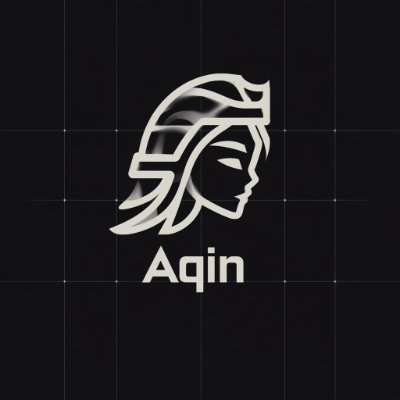Our Story & Mission
Founded in 2023, aqin is at the forefront of artificial intelligence innovation, creating tools that empower individuals and organizations to achieve more with less effort.
Our Vision
At aqin, we envision a world where artificial intelligence seamlessly integrates into everyday workflows, augmenting human capabilities rather than replacing them. Our mission is to democratize access to advanced AI technologies, making them intuitive, transparent, and accessible to everyone regardless of technical expertise.
We believe that the true potential of AI lies not in automation alone, but in the symbiotic relationship between human creativity and machine intelligence. By developing tools that enhance this partnership, we aim to unlock new possibilities for innovation, productivity, and problem-solving across industries.
How We Built aqin
Our platform is built on cutting-edge technologies, designed for performance, scalability, and user experience.
Frontend Architecture
The aqin website is built using Next.js 14 with the App Router, leveraging the power of React Server Components for optimal performance. We've implemented a component-based architecture that prioritizes reusability and maintainability.
// app/page.tsx
"use client"
import { useEffect, useRef } from "react"
import Link from "next/link"
import { Button } from "@/components/ui/button"
export default function Home() {
const canvasRef = useRef<HTMLCanvasElement>(null)
useEffect(() => {
// Canvas animation logic
// ...
}, [])
return (
<div className="min-h-screen bg-black text-white relative">
<canvas ref={canvasRef} className="absolute inset-0 z-0" />
{/* Content */}
</div>
)
}Design System
We've built our UI using Tailwind CSS for utility-first styling, combined with shadcn/ui components for consistent, accessible interface elements. This approach allows us to maintain a cohesive design language while enabling rapid iteration.
// tailwind.config.ts
import type { Config } from "tailwindcss"
const config = {
darkMode: ["class"],
content: [
"./pages/**/*.{ts,tsx}",
"./components/**/*.{ts,tsx}",
"./app/**/*.{ts,tsx}",
],
theme: {
extend: {
colors: {
// Custom color palette
},
// ...
},
},
plugins: [require("tailwindcss-animate")],
} satisfies Config
export default configInteractive Background
One of the most distinctive features of our site is the dynamic background created using the Canvas API. We've implemented a particle system with connecting lines and a grid overlay to create a futuristic, AI-inspired aesthetic.
// Canvas animation excerpt
class Particle {
x: number
y: number
size: number
speedX: number
speedY: number
color: string
constructor() {
this.x = Math.random() * canvas.width
this.y = Math.random() * canvas.height
this.size = Math.random() * 2 + 0.5
this.speedX = (Math.random() - 0.5) * 0.5
this.speedY = (Math.random() - 0.5) * 0.5
this.color = `rgba(255, 255, 255, ${Math.random() * 0.2 + 0.1})`
}
update() {
// Movement logic
}
draw() {
// Rendering logic
}
}AI Integration
Behind the scenes, aqin leverages several machine learning models, including transformer-based architectures for natural language processing and computer vision models for image analysis. Our backend is built with a microservices architecture to ensure scalability.
// AI integration example
import { generateText } from "ai"
import { openai } from "@ai-sdk/openai"
async function processUserQuery(query: string) {
const { text } = await generateText({
model: openai("gpt-4o"),
prompt: query,
system: "You are aqin, a helpful assistant..."
})
return text
}Our Approach to Building aqin
Creating aqin involved a multidisciplinary approach combining AI research, software engineering, and user experience design.
Development Timeline
Research & Conceptualization
We began with extensive research into existing AI solutions, identifying gaps and opportunities for innovation. Our team of AI researchers and product designers collaborated to define the core capabilities and user experience principles.
Q1 2023
Prototype Development
The initial prototype was built using React and Python, focusing on core NLP capabilities. We implemented a modular architecture to allow for rapid iteration and testing of different AI models and approaches.
Q2 2023
Beta Release
After extensive testing and refinement, we launched our beta version to a select group of users. Their feedback was invaluable in identifying areas for improvement and prioritizing feature development.
Q3 2023
Public Launch
aqin was officially launched to the public, featuring our core AI capabilities, integration options, and developer tools. The response exceeded our expectations, with thousands of users signing up in the first week.
Q4 2023

 Pumpfun
Pumpfun